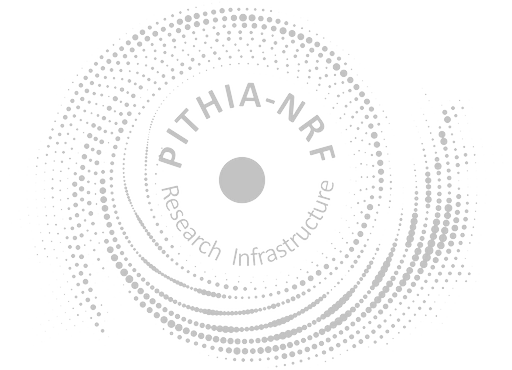<?xml version="1.0" encoding="UTF-8"?>
<CompositeProcess xmlns="https://metadata.pithia.eu/schemas/2.2" xmlns:xsi="http://www.w3.org/2001/XMLSchema-instance" xmlns:xlink="http://www.w3.org/1999/xlink" xsi:schemaLocation="https://metadata.pithia.eu/schemas/2.2 https://metadata.pithia.eu/schemas/2.2/pithia.xsd">
<!-- Instructions:
This is a composite process that includes all data acquisitions and data computations involved in a single Observation.
1. If ObservationCollection is a model computation, acquisitionComponent is not defined
2. Input parameters for the model or measurement are not listed here, they are in ObservationCollection
3. ProcessCapability items are all-inclusive... everything that included computationComponents can potentially produce are listed here
-->
<identifier>
<PITHIA_Identifier>
<localID>CompositeProcess_RayTRIX-CQP</localID>
<namespace>lgdc</namespace>
<version>1</version>
<creationDate>2022-02-21T16:40:00Z</creationDate>
<lastModificationDate>2022-02-21T16:40:00Z</lastModificationDate>
</PITHIA_Identifier>
</identifier>
<name>HF Communications: RayTRIX-CQP and IRTAM to synthesize oblique ionograms for a given radiolink</name>
<description>
RayTRIX-CQP method of synthesizing oblique ionograms for a given radiolink using composite quasi-parabolic
representation of the vertical 1D profile of electron density in the ionosphere provided by IRTAM nowcast
assimilative model at the mid-point of the link.
</description>
<dataLevel xlink:href="https://metadata.pithia.eu/ontology/2.2/dataLevel/L4"/>
<!--
Describe the Composite Process from which components is consisted of. You can put more than one computationComponent and more than one acquisitionComponent
-->
<!-- In the following computation, IRTAM does not have to be executed for the given time; its computation results are available for download -->
<computationComponent xlink:href="https://metadata.pithia.eu/resources/2.2/computation/lgdc/Computation_IRTAM_Assimilation_GIRO_NECTAR"/>
<!-- From the radio link geometry, determine location of the midpoint -->
<computationComponent xlink:href="https://metadata.pithia.eu/resources/2.2/computation/pithia/Computation_Radiolink_Midpoint"/>
<!-- Now compute vertical Ne profile for midpoint location using IRTAM data and IRI formalism for the profile shape -->
<computationComponent xlink:href="https://metadata.pithia.eu/resources/2.2/computation/pithia/Computation_IRI_VerticalNeProfile-from-anchors"/>
<!-- Use the IRI-derived profile, fit quasi-parabolas to it -->
<computationComponent xlink:href="https://metadata.pithia.eu/resources/2.2/computation/lgdc/Computation_CQP_FitToVerticalProfile_3layers"/>
<!-- Run raytracer -->
<computationComponent xlink:href="https://metadata.pithia.eu/resources/2.2/computation/lgdc/Computation_Raytracing_Analytical_Midpoint-CQP"/>
</CompositeProcess>

